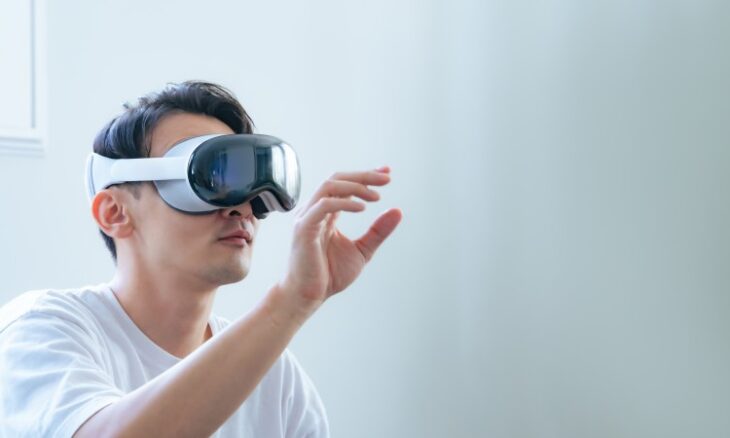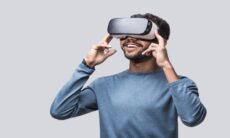Vivo Vision MR Headset Earns Early Praise for Comfort and Design
Vivo is preparing to enter the mixed reality market with its upcoming Vivo Vision MR headset, showcased for the first time at the Boao Forum for Asia. The device, still in the testing phase, was made available to a select number of individuals, who have shared their initial assessments of its performance and design.
According to early reports, the headset’s comfort and weight have been key points of praise. While the manufacturer has not yet disclosed the exact weight, comparisons have been drawn with the Apple AirPods Max headphones, which weigh 386 grams. This makes the device significantly lighter than the Apple Vision Pro, which ranges from 600 to 650 grams depending on its configuration. Such a reduction in weight could provide a substantial advantage in long-term wearability for mixed reality applications.
In addition to comfort, the headset’s design appears to prioritise user ergonomics. Images from the event reveal a cable extending from the headset, which connects to an external battery. This approach is intended to keep the device’s weight away from the head, minimising strain during extended use. By placing the battery externally, Vivo is aiming to achieve a better balance between performance and wearability, a challenge many MR headset makers face.
CCTV host Zhu Guangquan was among those invited to test the new device. While detailed feedback on the technical aspects was limited, footage captured during the trial showcased the Vision’s hand-tracking capabilities. These features are powered by multiple front-facing cameras, allowing for gesture-based control without the need for physical controllers. This could streamline interaction within mixed reality environments and make the device more intuitive for new users.
The inclusion of such advanced tracking systems reflects the growing trend among MR headset manufacturers to integrate more natural user interfaces. Hand tracking eliminates reliance on traditional controllers, instead enabling users to interact directly with virtual objects through natural gestures. This could enhance immersion and make mixed reality experiences more accessible for those unfamiliar with gaming-style control schemes.
While technical specifications, pricing, and performance benchmarks remain undisclosed, the early showcase suggests that Vivo is positioning its MR headset to compete with established industry players. With Apple’s Vision Pro and other high-end devices setting the benchmark for mixed reality technology, Vivo’s strategy appears to focus on balancing comfort, usability, and advanced interaction features.
The company has yet to announce an official release date for the Vivo Vision MR headset. However, reports from testers indicate that internal trials are ongoing among Vivo employees, with a public unveiling expected before the end of the year. The emphasis on comfort, reduced weight, and innovative controls suggests that Vivo aims to appeal to both professional and consumer markets, where prolonged usage and ease of interaction are crucial factors.
As anticipation builds, the headset’s eventual launch will likely determine whether these early impressions translate into broader market success. For now, the Vivo Vision MR has positioned itself as a promising contender in an increasingly competitive field, combining lightweight design with emerging mixed reality interaction technology.










